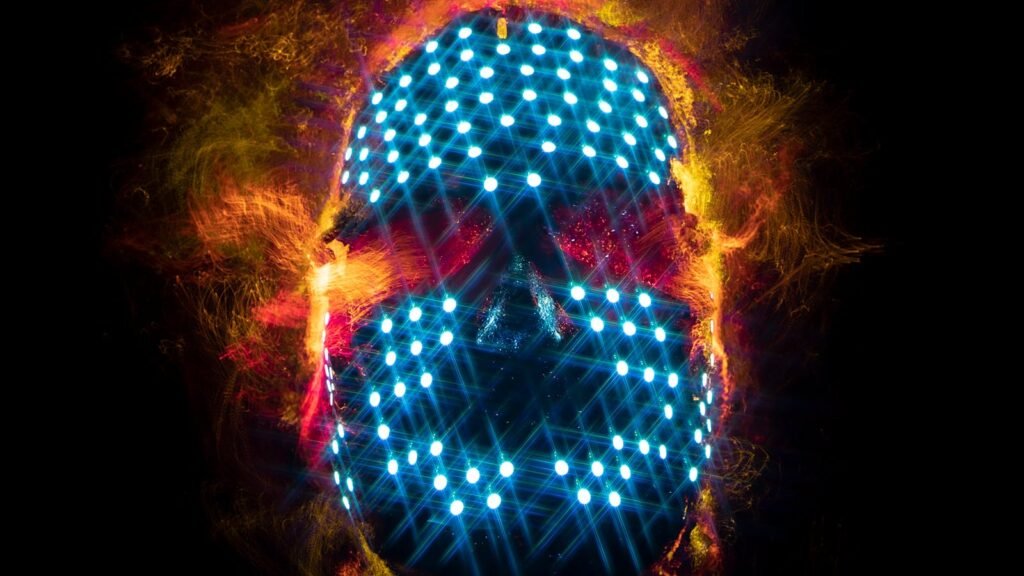The rise of AI image generators has revolutionized the way we create digital content. One of the most exciting applications of this technology is creating reusable characters for various scenes and prompts. In this article, we’ll delve into the current state of AI image generators for reusable characters, exploring the latest tools, techniques, and workarounds.
Current Tools and Techniques for Creating Reusable Characters
Several AI image generators have emerged, each with their strengths and limitations. Let’s examine some of the most notable ones:
- Luma AI’s Photon Image Generator: This text-to-image model is integrated into the Dream Machine platform and boasts impressive speed and consistency.
- Leonardo AI: This model supports seed values, allowing users to generate consistent characters across different scenes and prompts.
- Stable Diffusion: This model also supports seed values and offers a range of customization options for character creation.
Using Seeds for Consistency
Using the same seed value in the AI model is crucial for creating reusable characters. This approach ensures that the generated character remains consistent across different scenes and prompts. Models like Leonardo AI and Stable Diffusion support this feature, even in their free versions.

Detailed Prompts and Character Descriptions
For models that don’t support seed values, being extremely specific with character descriptions is key. Using detailed prompts such as “a beautiful blonde woman relaxing at home on a couch exhausted after a long day of work, hyper-realistic sharp focus” can help maintain the character’s appearance across different scenarios.
Workarounds and Editing
For models that don’t support seed values or detailed prompts, workarounds involve using picture editing software to replace faces and body parts or using the generated image as a style reference in tools like Photoshop. This can be a bit cumbersome but is a viable option when other methods are not available.
Future Developments and Requests
There is a growing demand for features that allow maintaining a scene or character across different prompts. While current models may not fully meet these needs, future applications, such as those from Adobe or successors to existing tools, are expected to include such features.
Guardrails and Safety Features
Many mainstream AI image generators have implemented guardrails to prevent the generation of images that replicate public figures or trademarked characters. However, models like Leonardo AI are more lenient, allowing users to generate images of characters, including copyrighted ones, albeit with the caution against creating harmful content.
Conclusion
Creating reusable characters with AI image generators has never been more accessible. As the field continues to evolve, we can expect more sophisticated and user-friendly solutions for generating and reusing characters in AI-generated images. Whether you’re a digital artist, content creator, or simply a fan of AI technology, the future of AI image generators is exciting and full of possibilities. Leave a comment below and share your thoughts on this emerging technology!
Share this article with your friends and stay up-to-date with the latest news and updates. I’m excited to see how AI image generators will continue to shape the world of digital content creation.






